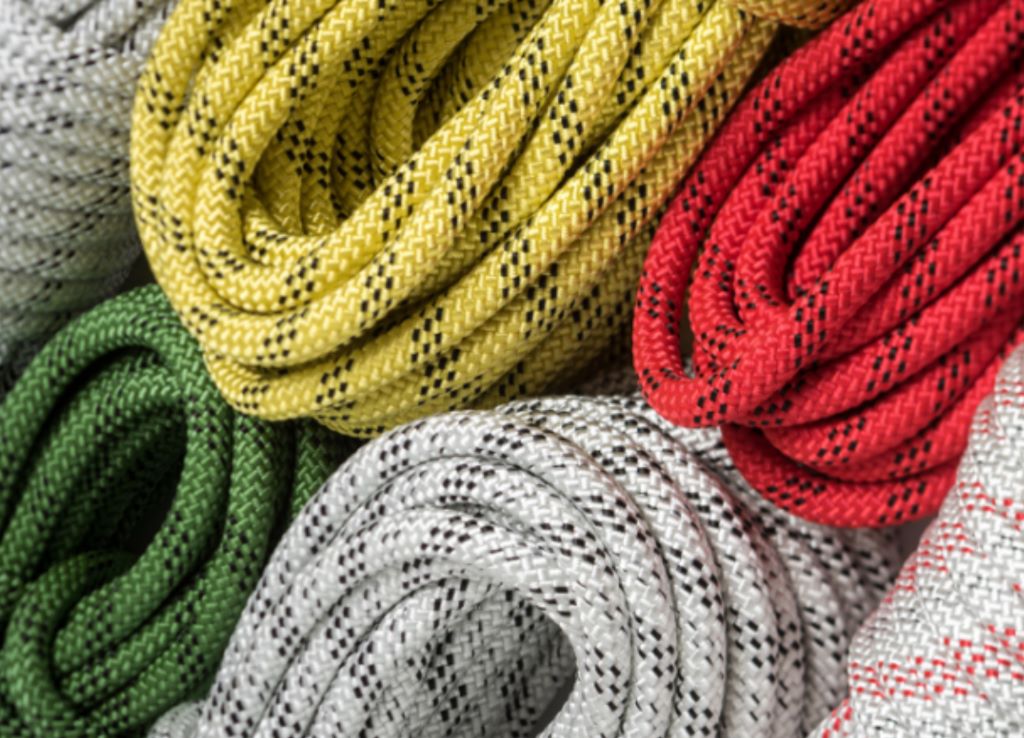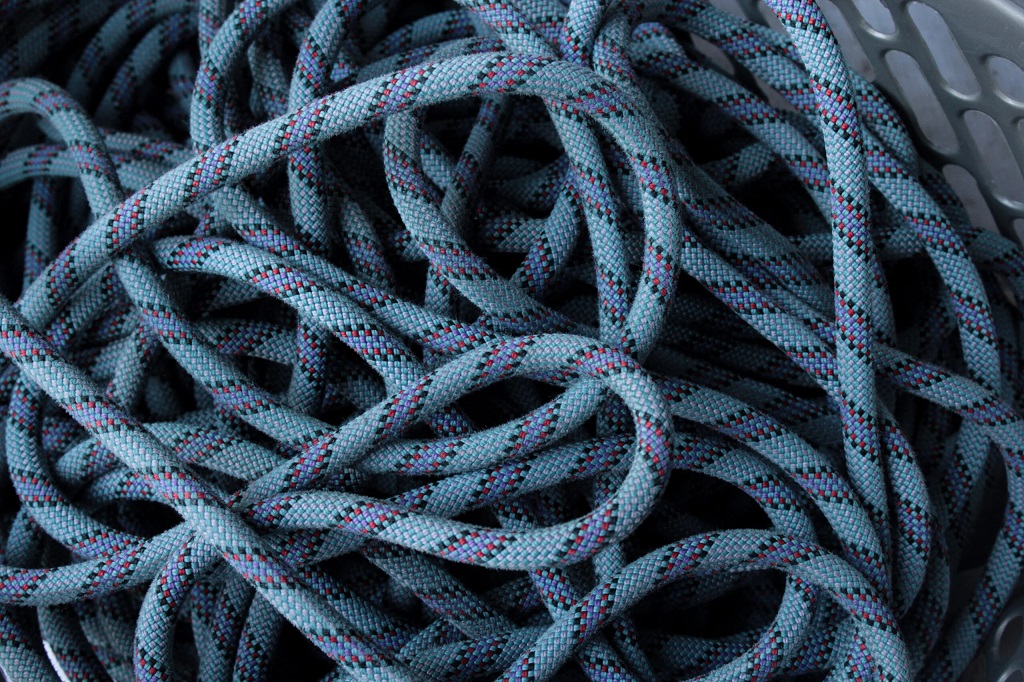Ropes have been a fundamental tool for humanity for centuries. They serve various purposes, from securing items to supporting our weight during climbing. But have you ever wondered whether a longer rope is weaker than a shorter one? In this article, we’ll explore the factors determining a rope’s strength, including its length, construction, and condition. By the end, you’ll have a clear understanding of why, generally speaking, a longer rope may indeed be weaker than a shorter one.
The Length Factor
One of the key considerations when assessing the strength of a rope is its length. Generally, a longer rope is more susceptible to weaknesses and flaws than a shorter one. This may initially seem counterintuitive, but let’s delve into the reasoning behind this observation.
Potential Flaw Locations
Imagine a rope as a series of interconnected fibers or strands. Each connection point, where fibers come together or knots are tied, is a potential weak spot. The longer the rope, the more potential flaw locations it has. If any of these points are compromised or damaged, the entire rope’s integrity could be at risk.
When searching for strongest rope for pulling, it is crucial to consider the potential flaw locations. For instance, a 60-meter rope may have more flaws than a 30-meter rope. It is essential to note that if a flaw is not detected or addressed, it can result in severe consequences when under the stress of climbing.
Force Distribution
Another factor to consider is the distribution of forces along the length of the rope. Longer ropes tend to experience greater stress throughout their length when subjected to a load. This increased stress can accelerate wear and tear, weakening the rope.
The Construction Quality
While rope length plays a significant role in its strength, the quality of its construction is equally important. A rope made of high-quality materials and crafted with precision will be inherently stronger than one made of subpar materials or poorly constructed.
Material Matters
High-quality ropes are typically constructed from materials that offer exceptional strength and durability. Materials like nylon, polyester, and aramid fibers are commonly used to produce strong ropes. These materials provide the tensile strength needed for various applications.
Precision Craftsmanship
In addition to the choice of materials, the way a rope is constructed matters greatly. Ropes that are manufactured with attention to detail, ensuring that fibers are evenly distributed and knots are secure, are less likely to fail under stress. The craftsmanship behind a rope can significantly affect its overall strength.
The Impact of Age and Condition
A rope’s age and condition also play a crucial role in determining its strength. Regardless of its initial quality, a rope can weaken over time due to wear, tear, and exposure to various environmental factors.
Aging Ropes
As a rope ages, it may experience degradation of its fibers, weakening its overall structure. Exposure to sunlight, moisture, and extreme temperatures can accelerate this aging process. A rope that has seen years of use in harsh conditions may not be as strong as it once was.
Damage and Wear
Ropes are often subject to friction, abrasion, and other forms of wear and tear during use. Any damage, even minor, can compromise a rope’s strength. Knots that have been repeatedly tied and untied can also weaken the rope over time.
In conclusion, it’s generally true that a longer rope is weaker than a shorter one. When learning how to dye nylon rope, it’s important to consider the increased potential for flaws, greater stress distribution, and the impact of construction quality, as these factors can affect its strength, which goes beyond just its length.
Scenarios Where Longer Ropes Might Be Weaker
Here are some scenarios where a longer rope might indeed be weaker than a shorter one:
- Climbing Ropes: A 60-meter climbing rope is more likely to have flaws than a 30-meter rope, making it potentially weaker.
- Tow Ropes: A 100-foot tow rope is more prone to breaking than a 50-foot rope due to increased stress over its length.
- Lifting Heavy Objects: Ropes used to lift heavy objects may be more likely to break if they are long, as the added length can lead to more stress and potential weaknesses.
Keep in mind that a rope’s strength is also influenced by factors such as the materials used, how it is used, and the environment it operates in.
Frequently Asked Questions
- Can a shorter rope support more weight than a longer one?
In most cases, yes. A shorter rope is less likely to have flaws and experiences less stress along its length, making it better suited to support heavy loads.
- What types of materials are commonly used in strong ropes?
High-quality ropes are often made from materials like nylon, polyester, and aramid fibers, which provide excellent tensile strength.
- How can I prolong the life of my ropes?
To extend the lifespan of your ropes, store them properly, avoid exposing them to harsh conditions, and regularly inspect them for damage.
- Can knots weaken a rope?
Yes, knots can weaken a rope, especially if they are tied and untied repeatedly. Knots create additional stress points that can lead to weakness.
- Are there situations where a longer ropes are preferred?
Yes, there are situations where a longer ropes are advantageous, such as when you need to reach a greater height or span a longer distance. However, it’s essential to assess the rope’s condition and quality to ensure safety.





